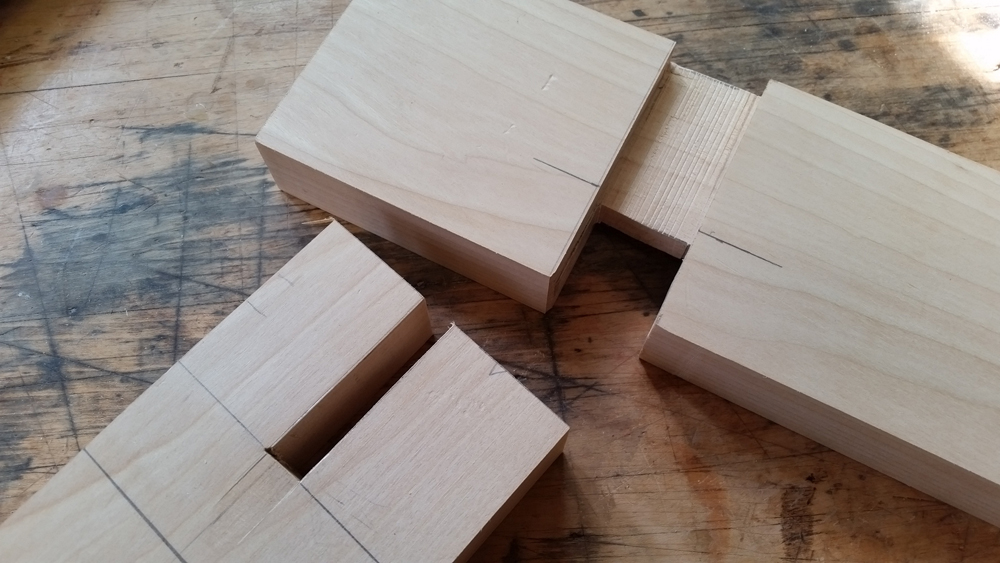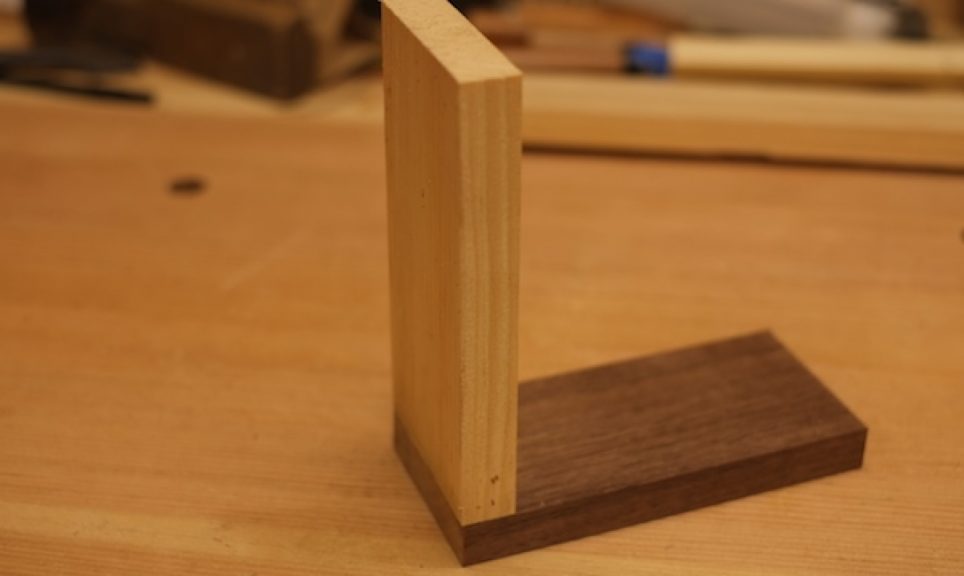Wood Working Joints. As the term suggested, Wood joints refer to joining two or more pieces of wood or lumber together that create a structure. With this joint, the end grain of one piece of wood is butted directly to the edge grain of another piece of wood.

Mortise and tenon joints are one of the most common joint types in woodworking. The mortise and tenon joinery method is one of the oldest in woodworking, but it's every bit as good today as it ever was. It receives its namesake from its use of a mortise and tenon.
Woodworking joints are useful in woodworking. It's simply joining two pieces of wood by butting the ends together. You'll see this joint on bookcase shelves.
A mortise is an opening that supports a notched end known as a tenon. A simple joining of two pieces of wood, either at a corner or edge to edge. Miter, edge-to-edge butt, and other joints may incorporate splines.
The mortise is a cavity cut into a piece of wood, and the tenon is the end of the adjoining piece that is cut down in size to fit snugly inside - with glue, of course.
It does not have the mechanical strength of a dovetail. The mortise and tenon joinery method is one of the oldest in woodworking, but it's every bit as good today as it ever was. Mortise and Tenon Joint The pocket joint is a type of wood joinery that involves cutting a slot and pre-drilling a pilot hole at an angle between two boards before connecting the two with a screw.
Woodworkers cut joints in wood in order to get the wood to fit (and stay) together to create furniture. There are even different wood joints that connect without nails. Make it stronger with glue blocks or screws.
With biscuit joints, you use a biscuit joiner to create slots and insert biscuits into those slots. On a table saw, use a dado blade with the cut height set to the width of the stock. A dado cut in one piece receives the end of the other.
The joint relies on glue to hold together. Fifth, use a chisel to remove any surplus wood around the tenon and mortise. Woodworkers cut joints in wood in order to get the wood to fit (and stay) together to create furniture.
Fasteners or glue are applied to hold the pieces of wood together. A simple joining of two pieces of wood, either at a corner or edge to edge. By following these tips, you can ensure a perfect mortise and tenon joint every time.
The characteristics of quality wood joints are strength, flexibility, toughness, appearance, and ease of use.
Fasteners or glue are applied to hold the pieces of wood together. It receives its namesake from its use of a mortise and tenon. A spline is a thin strip, usually of wood, that fits snugly into grooves on surfaces to be joined.
Woodworking joints are useful in woodworking. It's simply joining two pieces of wood by butting the ends together. They are often used to join.
It receives its namesake from its use of a mortise and tenon. The result is a secure joint between two sections of wood. After dabbing on a bit of glue you drive self-tapping wood screws into the holes.
It can give you the ability to join wood together and still come up with excellent results for every project. With the pocket screw technique, you drill holes into the wood at an angle. WOOD magazine's Craig Ruegsegger covers topics such as biscuit joints, dado and gr.
A full lap joint, in which one board. It's simply joining two pieces of wood by butting the ends together. One of the oldest of all woodworking joints, the mortise and tenon joint has a protruding piece, called the tenon, at the end of one piece of wood and this slides into a corresponding hole on the end of the other piece of wood, called the mortise.
Whether you are a craftsman of a hobby or a professional, the sign of your skill is how good you are at making wood joinery, where the edges of two pieces blend seamlessly. It does not have the mechanical strength of a dovetail. Mortise and tenon joints are one of the most common joint types in woodworking.
The result is a secure joint between two sections of wood. You can use the woodworking tool called biscuit joiner or plate joiner to make this type of edge joints accurately. The mortise and tenon joinery method is one of the oldest in woodworking, but it's every bit as good today as it ever was.
A finger joint or box joint is one of the popular woodworking joints.
It does not have the mechanical strength of a dovetail.
By following these tips, you can ensure a perfect mortise and tenon joint every time. With this joint, the end grain of one piece of wood is butted directly to the edge grain of another piece of wood. Mortise-and-tenon joints are strong and long-lasting.
A mortise-and-tenon joint is a popular type of joint for woodworking projects. It receives its namesake from its use of a mortise and tenon. WOOD magazine's Craig Ruegsegger covers topics such as biscuit joints, dado and gr.
Lap joints are simply types of wood joints where two pieces of wood overlap. Used in solid wood and plywood construction, dadoes are cut with a router, or with a dado blade in the table saw. Miter, edge-to-edge butt, and other joints may incorporate splines.
Tongue-and Groove Joint A tongue and groove wood joint is often used instead of edge to edge butt joints and it easily allows for one piece of wood to slide into another. At the very least, a more difficult joint is said to be a stronger choice, according to the pros. A butt joint is the simplest woodworking joint you can make.



:max_bytes(150000):strip_icc()/295867522_fa00bb848b_b-5a6136554e46ba0037f852c7.jpg)


